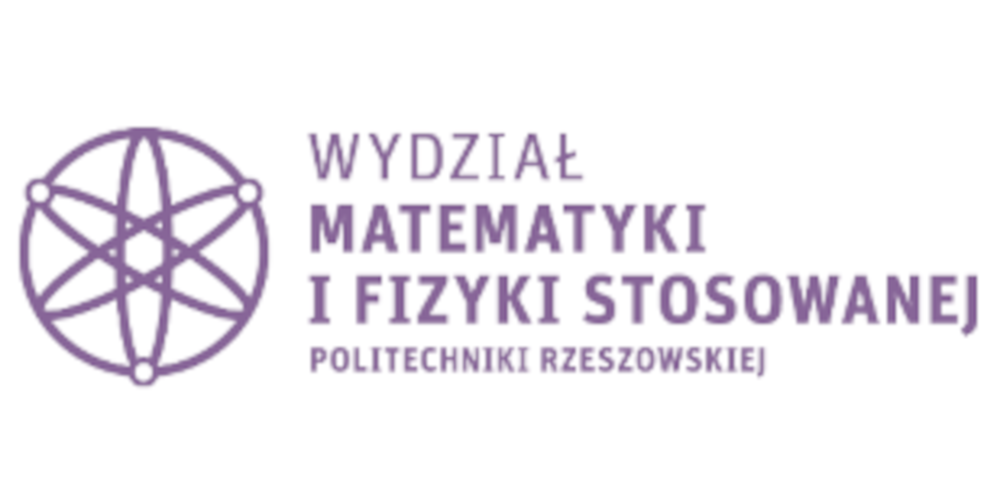

Fundamentals of Acoustics and Hearing Prosthetics
Some basic information about the module
The aim of studying and bibliography
The main aim of study:
The aim of education is to familiarize students with the department of physics and technology including phenomena related to the formation, propagation and impact of acoustic waves. In addition - presenting acoustics as an interdisciplinary science covering a number of acoustic divisions used, among others in medicine: prosthesis of hearing.
The aim of education is to familiarize students with the department of physics and technology including phenomena related to the formation, propagation and impact of acoustic waves. In addition - presenting acoustics as an interdisciplinary science covering a number of acoustic divisions used, among others in medicine: prosthesis of hearing.
The general information about the module:
The module covers issues of noise generation, methods of noise reduction and hearing prosthesis.
Teaching materials:
Artykuły naukowe, konferencyjne.
others:
Internet
Bibliography required to complete the module
| 1 | Hojan E. | Dopasowanie aparatów słuchowych | Medito, Łódź. | 2009 |
| 2 | F. A. Everest | Podręcznik akustyki | Sonia Draga, Katowice. | 2013 |
| 1 | Engel Z. | Wibroakustyka - jedna z dziedzin XXI wieku | Bezpieczeństwo Pracy - nauka i praktyka 4/2003, str. 10 -12. | 2003 |
Basic requirements in category knowledge/skills/social competences
Formal requirements:
Passing Mechanics .
Basic requirements in category knowledge:
Basic knowledge of physics.
Basic requirements in category skills:
Required ability to use scientific literature.
Basic requirements in category social competences:
Understanding the need for continuous education in connection with the rapid pace of development of natural sciences.
Module outcomes
| MEK | The student who completed the module | Types of classes / teaching methods leading to achieving a given outcome of teaching | Methods of verifying every mentioned outcome of teaching | Relationships with KEK | Relationships with PRK |
|---|---|---|---|---|---|
| MEK01 | The student has a thorough knowledge of theoretical and applied mechanics. | lecture | The written exam |
K-W02++ K-W05+ K-U01+ |
P6S-UU P6S-UW P6S-WG P6S-WK |
| MEK02 | Student is able to solve simple tasks and analyze their results. | problem lecture, accounting exercises, problem exercises | pass the part written |
K-W02++ K-W06+ |
P6S-WG P6S-WK |
| MEK03 | Student can solve the problem and interpreting the results obtained and draw conclusions. | exercises, calculations | colloquium |
K-W08++ K-U09+ |
P6S-UO P6S-UU P6S-WG P6S-WK |
| MEK04 |
K-K01++ |
P6S-KO P6S-UU |
The syllabus of the module
| Sem. | TK | The content | realized in | MEK |
|---|---|---|---|---|
| 5 | TK01 | W01, W02, C01, C02 | MEK01 MEK03 | |
| 5 | TK02 | W03, W04, C03, C04 | MEK02 MEK03 | |
| 5 | TK03 | W05, W06, C05,C06 | MEK01 MEK03 | |
| 5 | TK04 | - |
W07, W08, C07, | MEK03 MEK04 |
The student's effort
| The type of classes | The work before classes | The participation in classes | The work after classes |
|---|---|---|---|
| Lecture (sem. 5) | The preparation for a test:
4.00 hours/sem. |
contact hours:
15.00 hours/sem. |
complementing/reading through notes:
2.00 hours/sem. Studying the recommended bibliography: 2.00 hours/sem. |
| Class (sem. 5) | The preparation for a Class:
4.00 hours/sem. The preparation for a test: 4.00 hours/sem. |
contact hours:
15.00 hours/sem. |
Finishing/Studying tasks:
1.00 hours/sem. |
| Advice (sem. 5) | The preparation for Advice:
2.00 hours/sem. |
The participation in Advice:
2.00 hours/sem. |
|
| Credit (sem. 5) | The preparation for a Credit:
2.00 hours/sem. |
The written credit:
2.00 hours/sem. |
The way of giving the component module grades and the final grade
| The type of classes | The way of giving the final grade |
|---|---|
| Lecture | Written passing the test with a lecture on the positive assessment. |
| Class | Obtaining a positive average grade from tests and oral answers on exercises. |
| The final grade |
Sample problems
Required during the exam/when receiving the credit
(-)
Realized during classes/laboratories/projects
(-)
Others
(-)
Can a student use any teaching aids during the exam/when receiving the credit : no